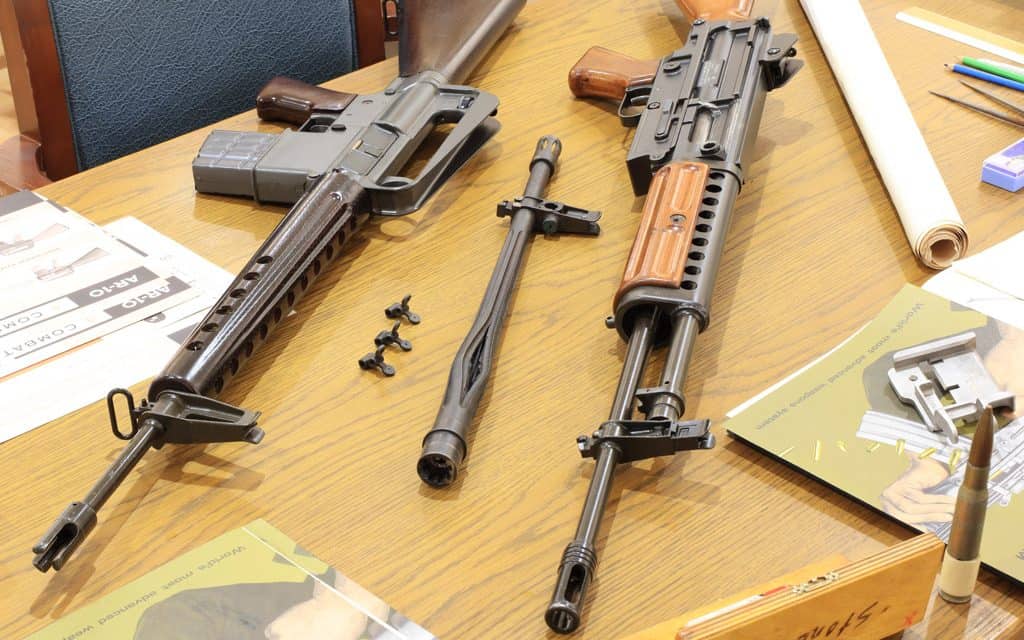PRESIDENT Emmerson Mnangagwa’s visit to Belarus last year, which was highly publicised as a strategic state visit to seal deals worth US$350 million spanning across various productive sectors of the economy was, according to emerging details, primarily meant to inspect military and intelligence surveillance technology manufactured in the Eastern Europe country, with the possibility of placing orders.
Mnangagwa’s tour to Belarus in January 2019, which came two years after assuming power through a military coup that toppled Robert Mugabe, was at the invitation of President Alexander Lukashenko. The two leaders reportedly sealed deals covering the mining, agriculture, education and training, and science and technology sectors.
However, during his stay in Belarus, fresh details show, Mnangagwa toured Volat, also known as OJSC MZKT, which manufactures military hardware. It falls under the State Military Industrial Committee.
According to information posted on Volats website (www.volatdefence.com), the climax of Mnangagwa’s visit to Belarus was marked by his tour of the weapons manufacturer’s plant, where he was shown an assortment of military hardware, including tactical vehicles, missile systems and tank transporters.
The Volat website reads: “As part of an official visit to Belarus on January 16, 2019, President of Zimbabwe Emmerson Mnangagwa visited OJSC MZKT. At the open exhibition area of the enterprise, the latest models of equipment were presented; modern tactical vehicles, tank transporters, chassis for the installation of missile systems, etc.”
At Volat, Mnangagwa also inspected arms and intelligence surveillance technology manufactured by companies that fall under the State Authority for Military Industry of the Republic of Belarus, commonly known as Goskomvoenprom.
The companies that showcased their armaments to Mnangagwa include Volat, OJSC Peleng, OJSC 558 ARZ, JSC Design Bureau Display and AGAT Control Systems JSC, BelOMO Holding and LLC BSVT-NT.
OJSC Peleng specialises in the production of optomechanical and optoelectronic systems that are used in aerospace optical-electronic equipment and forensic and security systems.
AGAT Control Systems JSC is a developer of automated defence management systems. It specialises in the production of geo-information systems, including robotic control Committee.
Currently, about 20 countries are using military goods of AGAT Control Systems JSC.
JSC Design Bureau Display specialises in the development and production of multi-purpose video monitors ranging from 6,4 km to 9,8 km, avionic displays, dedicated computers, micro display devices for harsh operating conditions, as well as remote-controlled weapon systems.
OJSC 558 ARZ, which repairs fighter jets that include Su-22, Su-25, Su-27, Su-30, MiG-29, An-2 aircraft, Mi-8 (Mi-17), Mi-24 and Mi-35 also showcased its products to Mnangagwa.
BSVT-New Technologies which produces optical and optical-electronic sights, devices and surveillance systems, simulators and navigation equipment, self-propelled robotic systems, civilian and military small arms, devices for silent shooting for small arms weapons, also exhibited its products during Mnangagwa’s visit.
Also on display from the company were short-range air-to-air guided missiles.
BelOMO Holding is regarded as a leader in optoelectronic instrument engineering. It specialises in the development, design and production of laser, optoelectronic and optomechanical devices and systems.
Also, during the visit, the organisations that are part of the Goskomvoenprom system presented their products: OJSC Peleng, OJSC 558 ARZ, JSC AGAT – control systems, JSC Design Bureau Display, Holding BelOMO, LLC BSVT-NT, a post on the Volat website read.
Defence minister Oppah Muchinguri had not responded to questions by this newspaper, asking whether Mnangagwa placed any orders for armaments from Minsk when he visited Belarus in 2019.
As revealed by the Zimbabwe Independent on April 10, Zimbabwe’s military expenditure, according to the Stockholm International Peace and Research Institute (Sipri) — a military intelligence think tank — the defence forces spent US$92 million between 2000 and 2006 and a total of US$647 million since the country’s Independence in 1980 to acquire military hardware.
In a report titled Transfer of Major Weapons: Deals with Deliveries or Orders Made From 1995 to 2019, Sipri for the first-time cast light on Harare’s acquisition of arms from Asia and Eastern Europe.
The bulk of the arms were purchased from China, Russia, Bulgaria, Libya and Slovakia.
Mnangagwa’s administration bought 50 000 mortar bombs and 58 500 grenades in June last year.
Government, at that time, also reinforced its arsenal through the acquisition of 3 343 AK47 assault rifles, 2 000 CZ pistols, 500 P1 pistols, 500 Steyr-223 rifles, 500 Uzi submachine guns, 500 Moseberg guns, 500 RPT guns, 300 mortar tubes, 1 500 Tokarev guns, 100 rocket-propelled grenade launchers and 22 943 AK47 magazines.
Zimbabwe also took delivery of 85 refurbished units of large-calibre artillery from South Africa in 2016. It was also active in the arms bazaars of Eastern Europe, where it bought aircraft accessories from Ukraine in 2006. They included 12 units of AL-25 turbofan engines for the K-8 Karakorum aircraft.
Mnangagwa first visited Belarus in 2015, then as Vice President where he met Lukashenko as the two countries committed to boost diplomatic relations.
In September this year, Mnangagwa hosted Belarusian Chief of Presidential Affairs General Colonel Victor Sheiman.
-ZimInd














